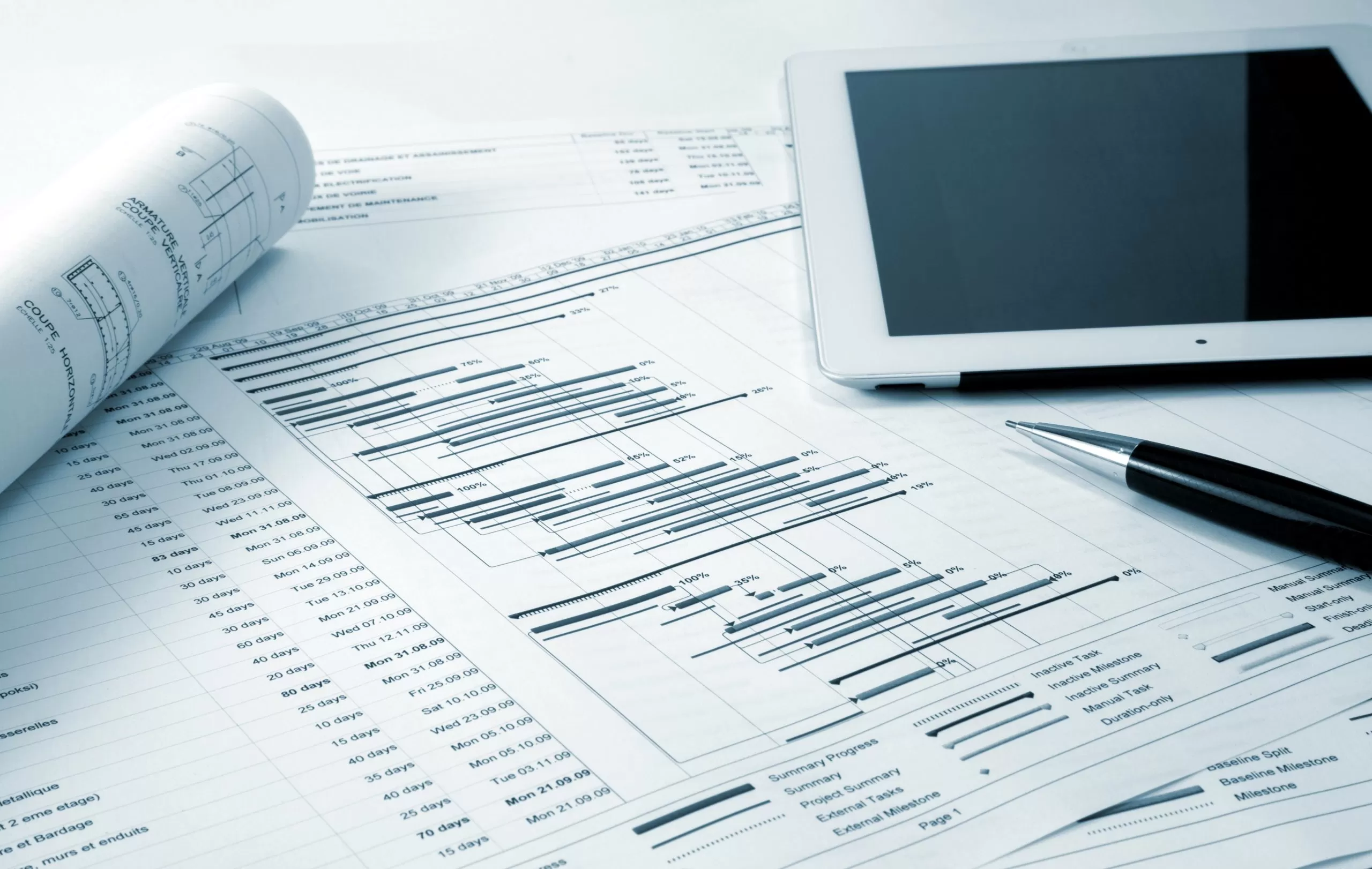After hiring the very first employee, every company must figure out how to best manage payroll. If payroll processes are disorganized, errors may be made. Payroll errors can be the downfall of a company, causing legal issues and upsetting employees.
Instead of scrambling to figure out a system for payroll, follow these steps to get payroll up and running smoothly.
Our 2025 Preferred HR Software Partners
Step 1: Have Employees Fill out W-4 Forms
W-4 forms detail the number of dependents and allowances that each employee will be claiming. Dependents and allowances reduce the amount of tax that the employee must pay, so the amount of tax that must be withheld from each paycheck changes. Every employee must fill out a W-4 form upon hire.
Step 2: Obtain an EIN
An EIN is an Employer Identification Number, which is required for any business that pays employees. In some states, you must have an EIN for the state as well as a federal one. You can apply for an EIN online with the IRS and through state resource sites.
Step 3: Decide Upon a Payroll Schedule
Paychecks are generally distributed either weekly, bi-weekly, or twice per month. Whatever the schedule you decide upon, be sure to communicate with your employees and stick to the schedule diligently. Pick a payroll schedule that works well with your revenue cycle and other expenses.
Step 4: Create a System for Calculating Paychecks
The way that paychecks are calculated depends on the structure of your organization. Employees may receive an hourly rate, a salary, commissions, have tips to figure in, get paid by the job or the piece. However payroll will be calculated, putting a system in place to automatically track moneys owed to employees will help when it comes time to process payroll.
Calculating payroll manually can become confusing, so many companies rely on payroll software or a third party payroll company to help. Using software to track time and attendance and other payroll related metrics can simplify payroll even further. The data can be exported to the payroll software or third party for each pay period and paychecks can be calculated automatically.
Step 5: Withhold and Pay Taxes
Every pay period, employers are obligated to withhold the correct amount of taxes from each employee’s paycheck. These taxes must be paid to the appropriate parties, along with a portion from the employer for each employee at certain times of year. Failure to pay on time can result in penalties, so setting up a system to calculate and pay these payments automatically can be very helpful.
Step 6: File Tax Forms and Submit W-2s
Employer federal tax returns must be filed frequently, generally every quarter. State and local taxes may need to be filed regularly, as well, depending on the local regulations. At the end of every year, W-2s must be submitted to each employee.
Payroll software often comes with settings that can be configured to generate the necessary reports. It may even be possible to automatically send these reports to the correct parties with just a few clicks. This can save time and help you to manage your payroll more efficiently and accurately than with manual systems.












